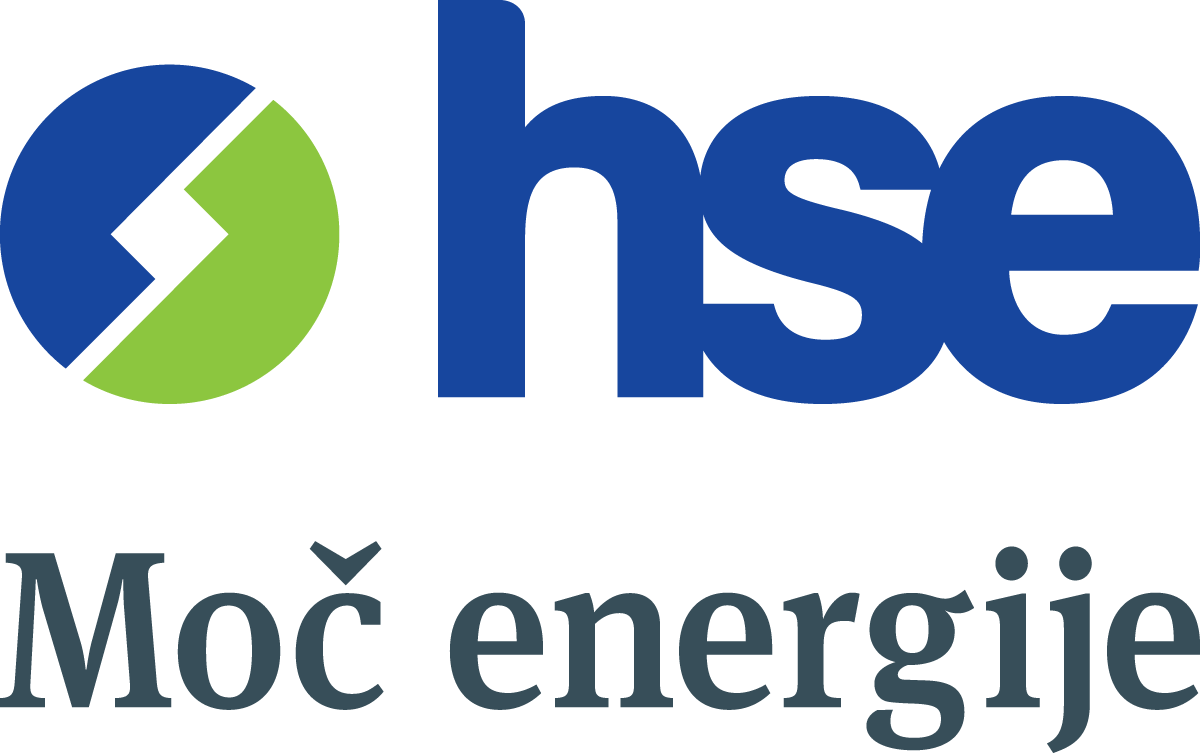Last Thursday, a major overhaul of Unit 6 of the Šoštanj Thermal Power Plant (TEŠ) was completed, which lasted almost three months. During that time, maintenance engineers and operators with the support from external contractors carried out general repairs according to the maintenance and operational manual. With this overhaul, operational safety, a high level of availability, reliability, and efficiency was achieved. It is the best available technology of the unit that results in lower CO2 emissions!
Unit 6 represents the most technologically and ecologically state-of-the-art or the so-called “BAT – best available technology”. The net efficiency of the unit at full power is more than 42%, while the average net efficiency of operation is 40%.
The average availability of Unit 6 over the last three years is as high as 97.45%.
A long-term maintenance contract was concluded with the supplier General Electric (GE) for the key elements of Unit 6 as part of the settlement reached in March this year, and the digitization upgrade of Unit 6 is underway. The result is expected to be an even higher level of availability and an increase in net efficiency by one percentage point. This represents approx. 2.5% lower coal consumption for the same amount of electricity produced and equally lower CO2 emissions, which has significant financial effects with rising emission coupon prices.
Unit 6 replaced Units 1, 2, 3, and 4, which enabled a significant reduction in CO2 emissions as well as other pollutants. It should be noted that Unit 6 can be placed alongside the latest German thermal power plants in terms of efficiency and thus CO2 emissions. The average efficiency of all operating German power plants is significantly lower. At the efficiency level of Unit 6 of the Šoštanj Thermal Power Plant (TEŠ), only power plants that started operating after 2008, such as Neurath thermal power plant with two units of 1100 MW each.
In accordance with the requirements of the guarantee contract by the state, CO2 emissions must be constantly reduced. The projected increase in efficiency after the 2021 overhaul will also contribute its share to this requirement.








